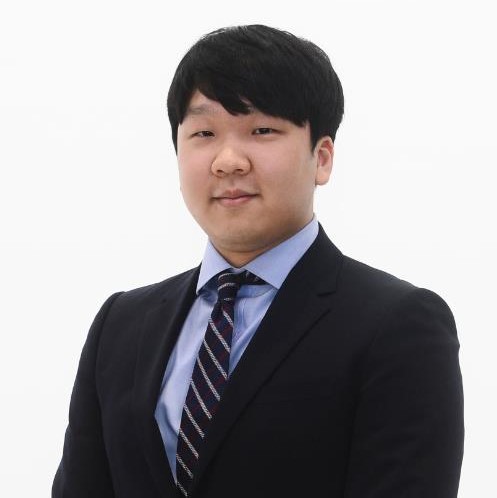
Exploring Seoul’s iconic cultural heritage sites like Gyeongbokgung, Deoksugung and Jongmyo is one of the must-do activities while visiting South Korea.
A light stroll along the stone walls of the palaces and taking in centuries-old "hanok," or traditional Korean houses, makes many fans feel like they've wandered into a Korean period drama.
But, tourists can take a step back from these crowd-packed spots and enjoy a different view of Seoul's historical landmarks from nearby.
National Museum of Korean Contemporary History
After crossing the Gwanghwamun intersection -- the three-way intersection between the main gate of Gwanghwamun and Gwanghwamun Square -- head over to the eighth floor (or the rooftop) of the National Museum of Korean Contemporary History.
The rooftop garden is an unofficial observatory appreciated by those in the know.
Visitors can take in a panoramic view of Gyeongbokgung against the majestic backdrop of Bugaksan with Inwansan to the west.

On clear days, Cheong Wa Dae, the former presidential office complex, is visible as well.
For those curious about how Gyeongbokgung looks in different seasons of the year, be sure to check out the picture hanging on the wall opposite the museum's elevator.

The museum is dedicated to presenting the history of Korea from the end of the 19th century onward. The English-language tour is available at 3 p.m. on Thursdays.
The National Museum of Korean Contemporary History is open dailyy from 10 a.m. to 6 p.m.
Admission is free.
Jeongdong Observatory
Tourists can complete their Deoksugung tour at Seoul City Hall Seosomun Building 1, right next to the palace entrance.
Located on the 13th floor, Jeongdong Observatory presents a magnificent view of Deoksugung. Visitors can enjoy the view while sipping cold drinks, taking a refreshing break from the blistering heat.
From here, one can observe the National Museum of Modern and Contemporary Art, Deoksugung and the palace area nestled among the surrounding high-rise buildings.


Another sight to behold is the cityscape, featuring the city hall, high rises filling the skylines and the mountain ridges visible in the background.
Admission to Jeongdong Observatory is free.





![[Herald Interview] How Gopizza got big in India](http://res.heraldm.com/phpwas/restmb_idxmake.php?idx=644&simg=/content/image/2024/11/20/20241120050057_0.jpg&u=20241120164556)

![[KH Explains] Dissecting Hyundai Motor's lobbying in US](http://res.heraldm.com/phpwas/restmb_idxmake.php?idx=644&simg=/content/image/2024/11/20/20241120050034_0.jpg&u=)

![[Kim Seong-kon] Farewell to the vanishing John Wayne era](http://res.heraldm.com/phpwas/restmb_idxmake.php?idx=644&simg=/content/image/2024/11/19/20241119050096_0.jpg&u=)








![[Today’s K-pop] Blackpink’s Jennie, Lisa invited to Coachella as solo acts](http://res.heraldm.com/phpwas/restmb_idxmake.php?idx=642&simg=/content/image/2024/11/21/20241121050099_0.jpg&u=20241121172748)